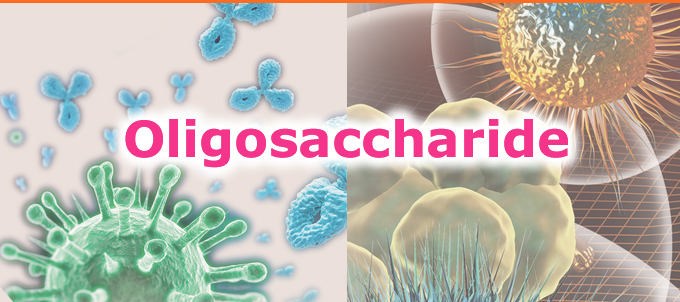Oligosaccharides are formed by the joining of two or more monosaccharides by the O-glycosidic bonds and their examples are sucrose, lactose, and maltose. For catalysis of glycosidic bonds, specific enzymes are required and for the new glycosidic bonds, the oligosaccharides should be specific for the enzymes. In other terms, the saccharide is a word used for the sugars and commonly the oligosaccharides refer to the carbohydrate polymer whose molecules are composed of small units of monosaccharides. Oligosaccharides such as glucose, fructose, galactose can often be bonded by the 1,4 glycosidic bonds for the creation of disaccharides such as sucrose, lactose, and maltose. They have many functions in the human body and have a significant role in cell recognition.

Sucrose
It is odorless, crystalline, or powdery white solid and its density is more than water. It is a natural chemical that is found in the plants and can also be synthesized in the laboratory. It can be easily extracted from the plants. Synthetically, sucrose is mostly made from the sugar beet and sugar cane and its refined form is used as table sugar. For extracting the sucrose hot water is used. The extract is concentrated to the syrup and later it is crystallized to make the table sugar. By the process of caramelization, the sucrose can be broken to the different sugars and the color and flavor of caramel are also obtained.
Lactose
It is the milk sugar and it is commonly found in the milk of mammals. In the manufacturing of cheese, it is obtained as a byproduct. Lactose contents similar to that of milk lactose are also present in dairy products such as cream, fresh cheese, and yogurt. In the ripened cheeses, there is little or no lactose as the bacteria causes the conversion of most of the lactic acid during the ripening process. Due to its easy handling properties and mild flavor, it is used as stabilizer and carrier for the pharmaceutical products, and food aromas. As compared to other sugars its solubility is less.
Maltose
Two molecules of D-glucose combine to make the maltose, it is a basic molecule of starch and has an only minor role in the foods. During the digestion of starch, it is accumulated in the large quantities in the body. In the newly emerging seedlings, maltose is present in significant amounts. Also, it is an important part of the brewing processes. It instantly raises the blood sugar levels and is cleaved by the maltase into glucose in the small intestine.